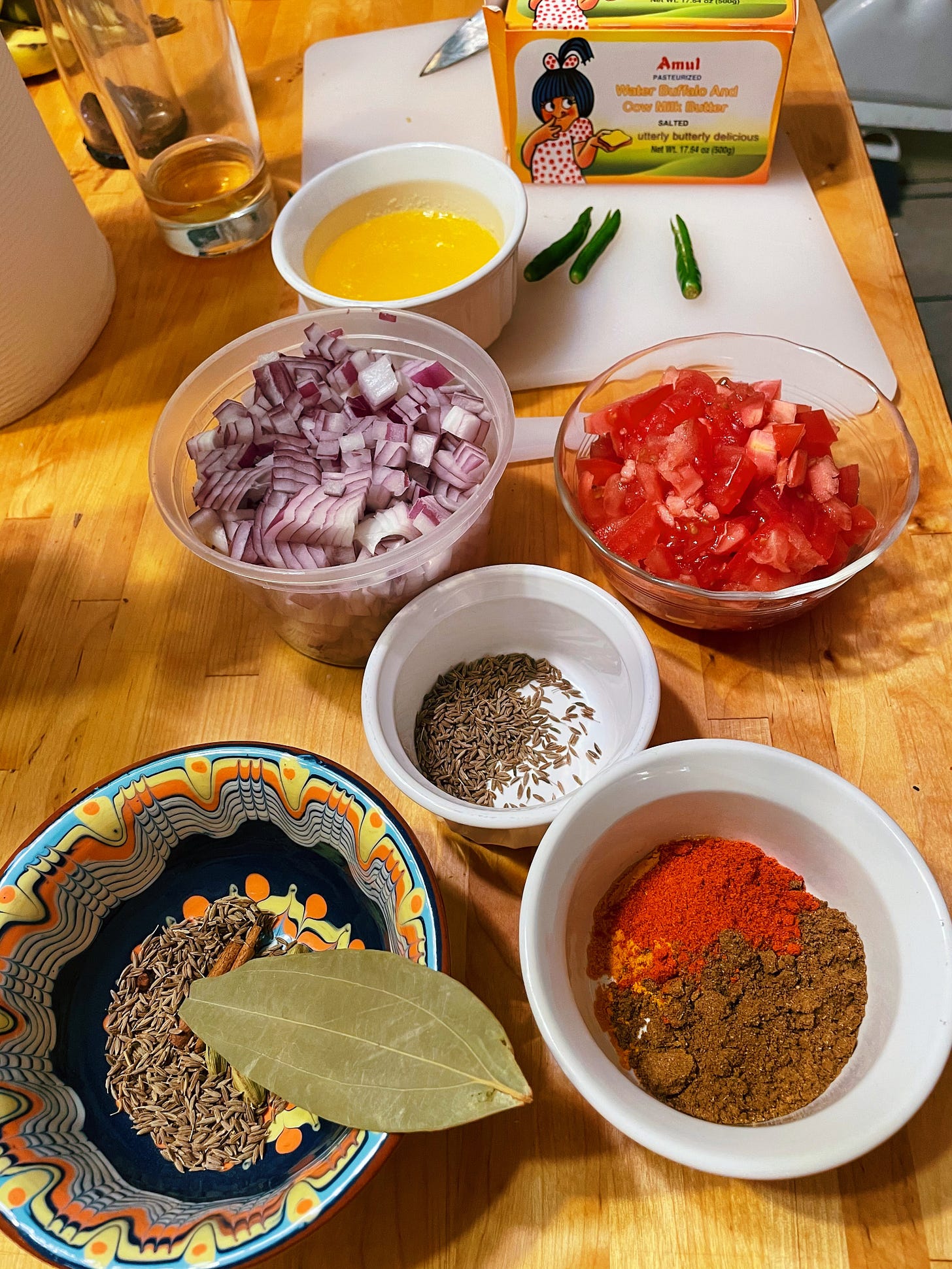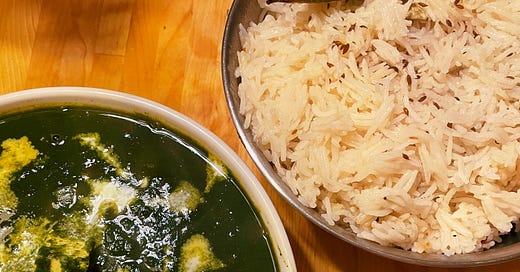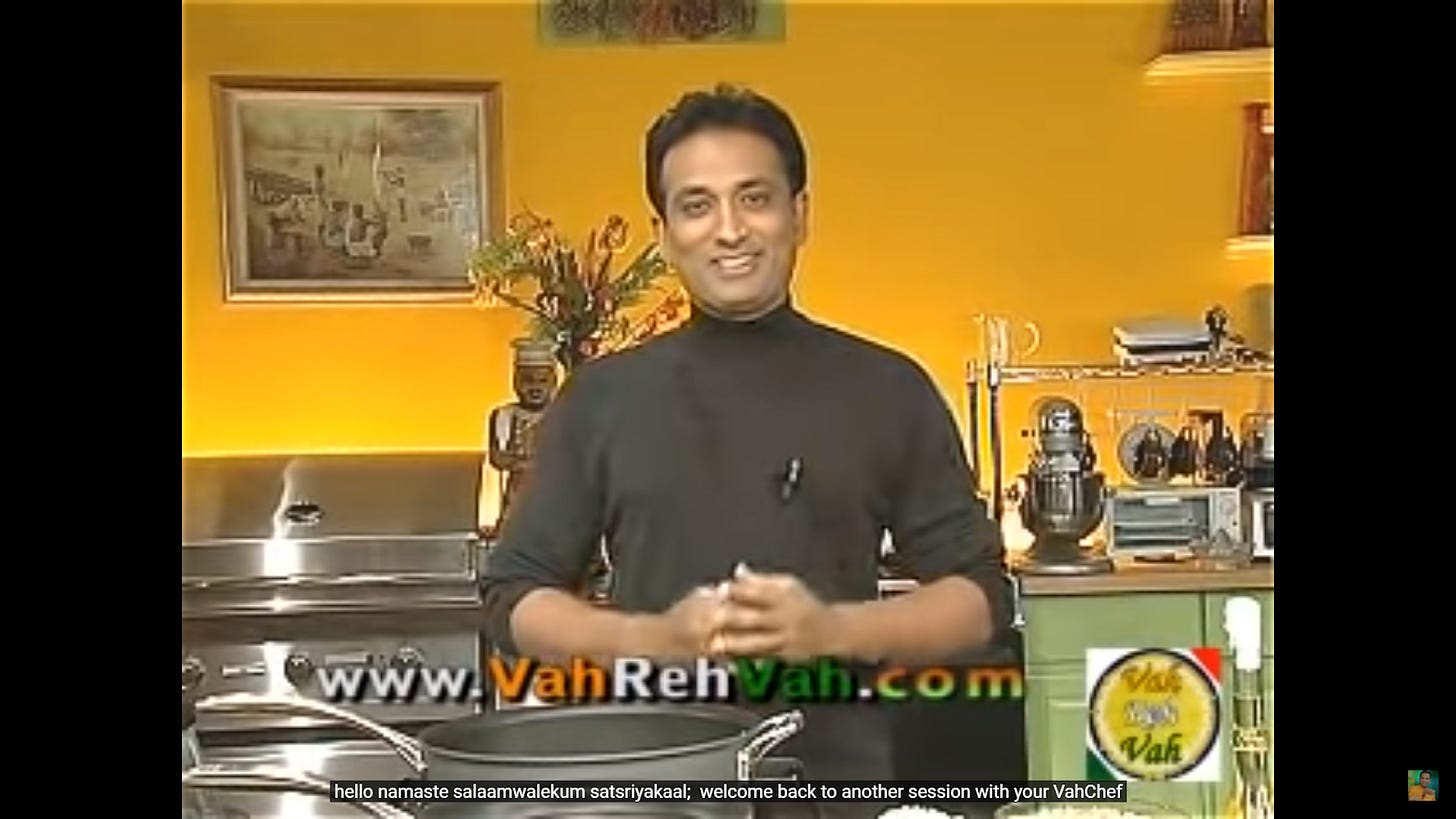There’s a mindfulness mantra for the clinically anxious that is popular with therapists and wellness blogs lately. In this exercise, you name five things you can see, four things you can touch, three things you can hear, two things you can smell, and one thing you can taste. The idea is that by becoming aware of what’s around you and rooted in your surroundings, you can quiet the hamster wheel of your nervous mind.
In the early days of the pandemic, when the city was first locked down and I crept out for walks at odd hours, I would head down Sacramento Blvd. to Humboldt Park and try this out. Five kinds of pigeons, four types of leaves and tree bark and gravel, three empty city buses roaring past as I walked. Smell and taste were more puzzling, and I always got stuck here, my mind beginning to wander. In spring, Chicago takes on a sort of metallic tang in the air that you can feel in your mouth as the ground and lake thaw, so I guessed that could count, alongside the exhaust and trash scents that permeate the massive park.
I ran into a chef friend of ours on one of these walks. The restaurant he worked at had closed indefinitely and he was unemployed. We chatted briefly about this and that, and I asked him what he thought being a chef might look like in the near future. He frowned and said he couldn’t imagine a world where he’d be masked and “boxing up airplane food for people” — a world where he wouldn’t be able to smell or taste his art. His restaurant is still closed, I think, alongside thousands of others.
As our chef friend recognized, scent is a message from the here and now, flooding our brains with memories and associations. A particular cruelty of COVID is that it robs many sufferers of their smell and taste for months. Even if we are well, our mouths and noses are covered in public and isolated from memory-smells. And anyway, what is there to smell and taste with a face mask on? I miss the smell of a friend’s hair when I hug her, the taste of a shared cocktail at a cramped bar. Mindfulness exercises aside, “here and now” is both mandatory and dull during the pandemic.
I’ve thought about this a lot as I’ve cooked more over the past year than I have in my entire adult life. I’m a competent cook, and I taste as I go. But the single neglected skill that I’ve become passionate about this year is how to smell. This may sound silly. But how do you really, truly know something smells right for a dish or step of a recipe? This is especially important in Indian recipes like the one below, where you’re instructed to transition to the next step only when the raw smell cooks off the onions or garlic, or once the spices temper in oil and become fragrant (a technique called tadka or chhonk in Hindi).
There is a light at the end of the tunnel for the pandemic as vaccines roll out and spring blooms. I feel hopeful for the first time in a long time, mostly, as I mark my one year pandemic anniversary. I recommend trying the exercise above with gratitude for this change, if you’ve never done it — especially focusing on those things you can smell. We’ll see each other on the other side soon.
smell ya later, r

Probably ten or twelve years ago I stumbled on the YouTube channel of Sanjay Thumma, better known as the Vah Chef. Despite being a very committed vegetarian at the time, Indian food wasn’t something that I knew much about at all beyond a few restaurant standards. Watch Sanjay quoting Shakespeare to discuss his love of the chickpea and you’ll understand why his abundantly wholesome irony-free videos got me hooked anyway.
Even as I watched dozens of his videos, squinting through the early-aughts pixelation and drooling at the fluorescent spiced cauliflower florets or the cubes of paneer marinating in yogurt, I was too intimidated to try making any of it. Like many people, Indian food remained a takeout treat for me instead of something I felt like I could replicate in my own kitchen. Would I be able to find everything I needed? Would I even know what to do with them if I could?
When I met Rachel, she told me about the months she spent living and studying in Delhi, India. Our conversation turned, as it often does, to Indian food and how to make it. I can’t remember what the first Indian dish we made together was. Maybe it was a creamy paneer makhani, or maybe it was our shrimp vindaloo that was so spicy it bordered on hallucinogenic. Whatever it was, Indian Night became one of my favorites of our little traditions. Rachel would sit at my kitchen table with several recipe tabs open on her laptop, from Swasthi, or Manali, or Varun Inamdar, watching videos and parsing when a “teaspoon” in the recipe meant a tablespoon in the video, or when a gravy was just the right texture.
Just as palak paneer is a great introduction to Indian eating, it makes a great introduction to Indian cooking. Nearly every ingredient is available at most grocery stores, and the ones that might not be can easily be made at home.
PALAK PANEER
serves 3 or 4 people
2 bunches of spinach (the kind with the big leaves, not plastic bins of baby spinach)
1 brick of paneer (12 ounces/400 grams is the usual size)
1 medium red onion
2-3 small green chilis (1 serrano or a few dried árbol chilis would be ok)
7 cloves of garlic
1 thumb-sized piece of ginger
2 small tomatoes
1 teaspoon whole cumin seeds
1 teaspoon garam masala powder
½ teaspoon turmeric powder (heaping)
½ teaspoon Kashmiri chili powder
¼ cup ghee
1 lemon
Cream to garnish
Salt to taste
To prep:
Bring a large pot of salted water to a boil. Cube up the paneer and put it in a heatproof bowl. Chop the bottom few inches of stems off the spinach and rinse the leaves well. Dice the onion and tomatoes, keeping them separate. Purée the ginger and garlic together. Slit the chilis lengthwise to expose the inner flesh, but leave them in one piece.
Ladle some of the boiling water over the paneer cubes and set them aside. The paneer won’t fall apart, but will take on a softer texture that marries perfectly with the rest of the dish.
Drop the spinach leaves into the water and gently boil them until they darken and begin to soften, then remove them from the pot and rinse them in cold water to stop the cooking and lock in their green color. Purée the spinach until smooth. You’ll probably need to add a few splashes of water to loosen it up, but be conservative here. Taste for seasoning. The spinach will probably need a hefty pinch of salt.
Mix together the spice powders in a small bowl and set aside.
To cook:
Add ghee to a medium pot over a medium flame. When the pan is hot, add the whole cumin seeds and keep them moving until they start to sizzle and release their aroma. Add the onions, the green chilis, and a pinch of salt, sautéing until the onions start to turn golden.
Add the paste you made of ginger and garlic. Be very careful not to let this burn or you’ll ruin the entire dish. There’s no coming back from the acrid flavor of burnt garlic, so keep it moving. Lean in and take a whiff. If everything still smells like raw garlic, keep cooking until it smells delicious.
Add the powdered spices and mix them in well. Once they become fragrant, add the chopped tomatoes. The moisture in the tomatoes will slow down the cooking process, and from here on out, the pressure is off. You want to cook the tomatoes until they melt into the rest of the mixture and until the smell of raw tomato is gone. This could take anywhere from five to ten minutes, but let the aroma guide you.
Add the puréed spinach and stir well to incorporate. The texture should be thicker than a soup, but not stodgy either. You can add a few splashes of water if you need to thin it out. Taste for salt one more time. Add a squeeze of lemon juice if the dish needs a little acid. You can pick out the chilis here if you want to, but I don’t.
Drain the paneer cubes and add them to the pot. Lower the heat and let it all sit for a few minutes for the flavors to marry. Garnish with a few drizzles of heavy cream and serve with jeera rice, naan, yogurt, and a crisp beer.





